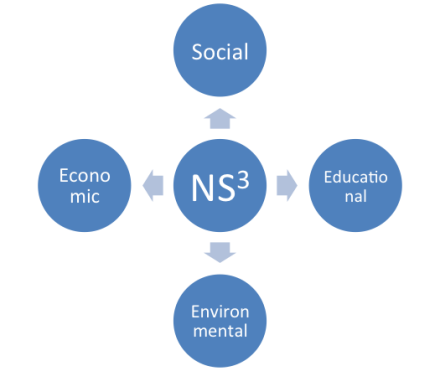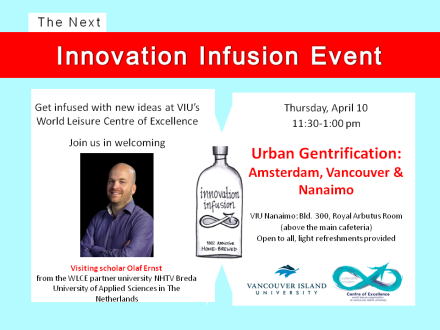Arts and Culture Sustainability in Powell River, British Columbia
After analyzing and sorting through the information and observations from meeting with locals, government officials, and the private sector, I decided to focus on arts and culture in Powell River and the difficulties this sector faces to sustain and develop it. The arts and culture sector faces sustainability challenges, but there are a number of policies, organization, and stakeholders that are dedicated and contributed to alleviate this challenge. As with many sustainability issues, there are similar global cases addressing similar issues that could be beneficial in managing the challenges faced in Powell River.
An interesting case that shares many similarities with Powell River is New York Mills, Minnesota which has bounced back and has built itself up into a more sustainable city, both economically and socially, by investing in arts and culture. Nearly 80 miles away from any significant city, New York Mills exemplifies using arts and culture as an economic development opportunity. Through bold and forward thinking investment by local leaders, the community created the New York Mills Regional Cultural Center in 1992. The Center exhibits theatre productions, musical performances and international cultural events. Originally a mill town, New York Mills' art-based approach to economic development began in 1987 when John Davis, an art graduate, moved to the town. He was attracted to New York mills for its rural location and small town quality of life. His strategy was to use art as an economic development tool by creating the New York Mills Regional Cultural Center.
Davis, J. (1998). Small town, big ideas: Case studies in small town community economic development “New York Mills Minnesota”. Retrieved from http://www.cednc.unc.edu/stbi/cases/new_york_mills.php
See more case studies at http://www.cednc.unc.edu/stbi/pdfs/stbi_final.pdf
By Amal Alharbi
An interesting case that shares many similarities with Powell River is New York Mills, Minnesota which has bounced back and has built itself up into a more sustainable city, both economically and socially, by investing in arts and culture. Nearly 80 miles away from any significant city, New York Mills exemplifies using arts and culture as an economic development opportunity. Through bold and forward thinking investment by local leaders, the community created the New York Mills Regional Cultural Center in 1992. The Center exhibits theatre productions, musical performances and international cultural events. Originally a mill town, New York Mills' art-based approach to economic development began in 1987 when John Davis, an art graduate, moved to the town. He was attracted to New York mills for its rural location and small town quality of life. His strategy was to use art as an economic development tool by creating the New York Mills Regional Cultural Center.
The Center's aim was to attract tourists and encourage the development of new small business. In 1990, Davis organized a non-profit group with the mission of bringing the arts to New York Mills. His first initiative was an artist–in–residence program that integrated a visiting artist into the community through art exhibits, classes and various other public services. Further the artists were required to assist the community in a variety of ways based on their interest and individual skill set. Davis ensured that the new ideas and creative energy were injected into public life in New York Mills. Davis also decided to develop a downtown cultural center to place the residency program and art exhibits in the centre of town. At first he acquired an old dilapidated property and visited all local civic groups and regional centres for contribution to his project. By the end he had almost raised $35,000 for the New York Mills' downtown cultural centre. In June of 1992, the New York Mills' regional cultural centre opened to the community. Staying true to its mission, the Center's exhibits were made accessible to all people in and outside the region.
Communities that embrace the ideas and energy that new comers can bring to the community can bring new ideas and action around the importance of arts and culture to community life. In this way, a town has ownership of cultural building and can design exhibits that are attractive to both residents and tourists (Davis, 1998). This case study highlighted the opportunities to grow the arts and culture sector, and the significant benefits the city could generate from arts and culture investment. In this field work, I have learned considerably in these two weeks. I truly believe that my knowledge and horizons have expanded through the whole process, and I am truly excited for what is coming in the rest of the program.
Download "Sustainability Case Studies in the Sunshine Coast"
Download "Sustainability Case Studies in the Sunshine Coast"
References
Davis, J. (1998). Small town, big ideas: Case studies in small town community economic development “New York Mills Minnesota”. Retrieved from http://www.cednc.unc.edu/stbi/cases/new_york_mills.php
See more case studies at http://www.cednc.unc.edu/stbi/pdfs/stbi_final.pdf



